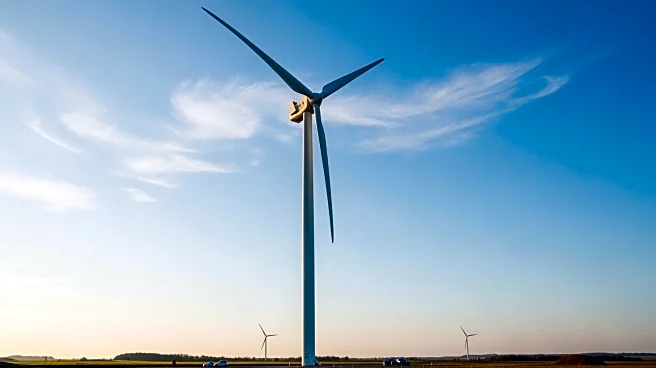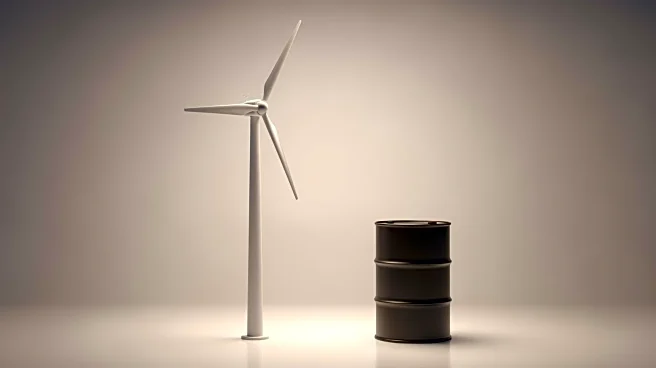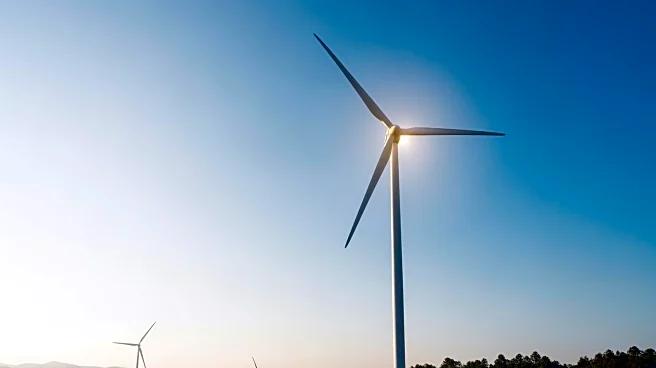What's Happening?
The Electric Reliability Council of Texas (ERCOT) is increasingly relying on renewable energy sources such as solar and wind to meet the rising electricity demand in Texas. In the first nine months of 2025,
ERCOT experienced a record high in electricity demand, with a 5% increase compared to the same period in 2024, reaching 372 terawatt-hours (TWh). This growth is part of a broader trend, as ERCOT has seen the fastest electricity demand growth among U.S. grids since 2024. Utility-scale solar and wind have been the fastest-growing sources of electricity, with solar generation increasing by 50% from 2024 to 2025, and wind generation rising by 4% in the same period. Together, these renewable sources met 36% of ERCOT's electricity demand in the first nine months of 2025. Natural gas-fired generation, while still the largest source, has seen a relative decline in its share of the energy mix.
Why It's Important?
The shift towards renewable energy in Texas, managed by ERCOT, is significant for several reasons. It highlights the growing role of renewable energy in meeting increasing electricity demands, reducing reliance on fossil fuels, and addressing environmental concerns. This transition supports the broader U.S. energy policy goals of reducing carbon emissions and promoting sustainable energy sources. The increased use of solar and wind energy also reflects technological advancements and cost reductions in renewable energy production. Stakeholders such as renewable energy companies, environmental advocates, and policymakers stand to benefit from this shift, while traditional fossil fuel industries may face challenges as their market share diminishes.
What's Next?
ERCOT's electricity demand is projected to continue growing, with forecasts indicating a 14% increase in the first nine months of 2026 compared to 2025, reaching 425 TWh. This ongoing demand growth will likely drive further investments in renewable energy infrastructure and technology. Stakeholders, including energy companies and government agencies, may focus on expanding grid capacity and storage solutions to accommodate the increasing share of renewables. Additionally, policy discussions around energy transition and grid reliability are expected to intensify as Texas continues to lead in renewable energy adoption.











